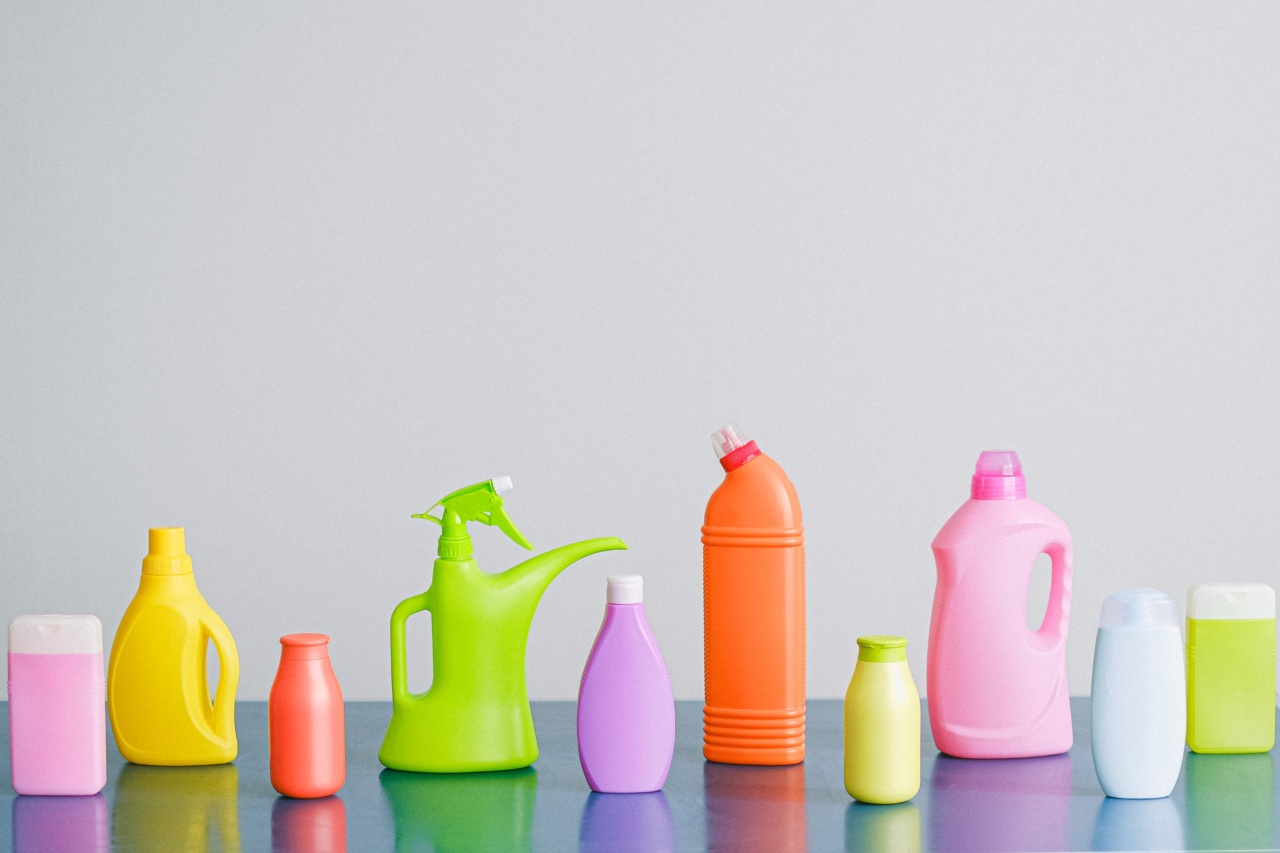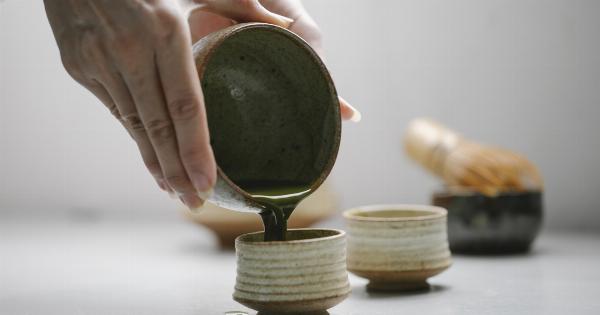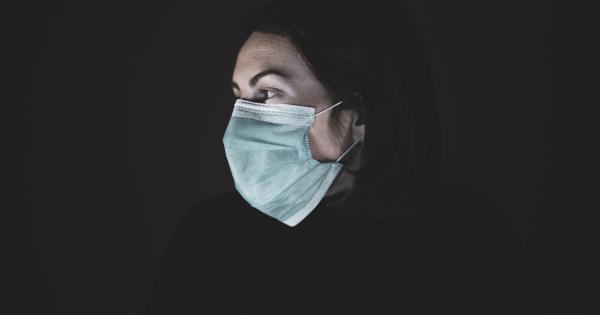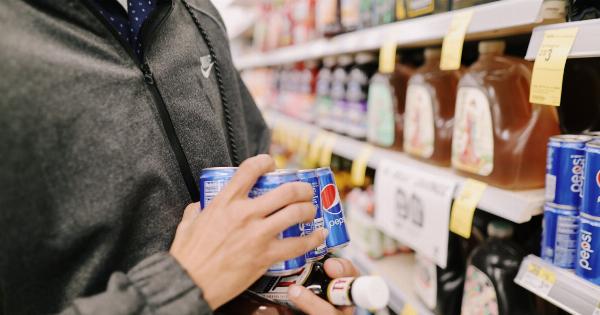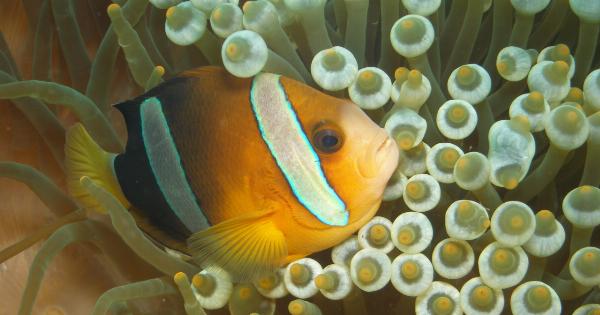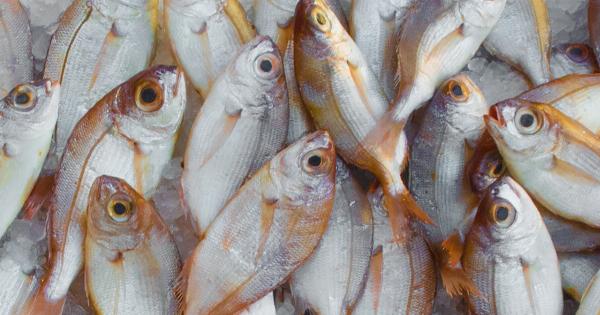Hidden toxins lurk in many of the everyday products we use, from personal care items to household cleaners.
These harmful substances can have negative effects on our health and well-being, yet they often go unnoticed due to lack of awareness or inadequate labeling. In this article, we will explore some of these hidden toxins, their potential health risks, and provide tips on how to minimize exposure.
BPA in Plastics
Bisphenol A (BPA) is a chemical found in many plastic products such as water bottles, food containers, and baby bottles.
It is known to interfere with hormone production and may have adverse effects on the brain, behavior, and prostate gland development in fetuses, infants, and children. To minimize exposure to BPA, opt for BPA-free products and avoid microwaving plastic containers.
Phthalates in Personal Care Products
Phthalates are commonly found in personal care products such as lotions, shampoos, and fragrances. These chemicals are known to disrupt the endocrine system and may be linked to reproductive disorders, asthma, and allergies.
Look for phthalate-free products or choose natural alternatives.
Parabens in Cosmetics
Parabens are preservatives used in cosmetics, including makeup, lotions, and creams. They have been found in breast cancer tumors, raising concerns about their potential role in cancer development.
Opt for paraben-free or natural cosmetic products and read labels carefully to avoid exposure.
Triclosan in Antibacterial Soaps
Triclosan is an antimicrobial agent commonly found in antibacterial soaps, toothpaste, and household cleaners.
It has been associated with increased bacterial resistance, hormonal imbalance, and may contribute to the development of antibiotic-resistant bacteria. Choose regular soap and water over antibacterial alternatives, and look for triclosan-free products.
Formaldehyde in Cleaning Products
Formaldehyde is a colorless gas used in a variety of cleaning products, such as dish soaps, laundry detergents, and air fresheners. It is a known carcinogen and may cause respiratory irritation and allergic reactions.
Opt for formaldehyde-free or natural cleaning products, or even consider making your own using non-toxic ingredients like vinegar and baking soda.
Perchloroethylene in Dry Cleaning
Perchloroethylene, also known as perc, is a solvent commonly used in dry cleaning. It has been classified as a probable carcinogen and may cause dizziness, headaches, and respiratory irritation.
Look for dry cleaners that use alternative methods, such as wet cleaning or CO2 cleaning, to avoid exposure to perc.
Lead in Lipsticks
Lead contamination has been found in various brands of lipsticks, raising concerns about potential health risks from regular use.
Lead is a neurotoxin that can accumulate in the body over time, and its ingestion or absorption through the skin can have adverse effects on brain function. Opt for lead-free lipsticks or choose natural alternatives.
Mercury in Fish and Skin Care
Mercury is a toxic metal found in certain fish species, such as tuna and swordfish, due to environmental pollution. Consumption of mercury-contaminated fish can lead to neurological and developmental issues, particularly in pregnant women and children.
Additionally, some skin care products, especially those used for skin lightening, may contain mercury as an ingredient. Choose low-mercury fish options and avoid products with mercury in their ingredient list.
Artificial Fragrances
Artificial fragrances often contain a cocktail of chemicals, including phthalates, that can trigger allergies, asthma, and skin irritations. These fragrances are commonly found in air fresheners, perfumes, and scented candles.
Opt for unscented or naturally fragranced products to minimize exposure to these synthetic compounds.
Pesticide Residues in Foods
Many conventionally grown fruits and vegetables may contain pesticide residues, which can pose health risks, especially when consumed over a long period.
Some pesticides have been linked to various health conditions, including some types of cancers, hormone disruption, and neurotoxicity. Opt for organic produce or wash thoroughly to reduce pesticide exposure.
Conclusion
Hidden toxins can be found in various everyday products, from plastics and personal care items to cosmetics and cleaning agents.
These toxins can have detrimental effects on our health, including hormone disruption, cancer development, and respiratory issues. To minimize exposure, it is important to read labels, choose natural and non-toxic alternatives, and opt for organic produce.
By being aware of the hidden toxins in our everyday products, we can take steps towards creating a healthier and safer environment for ourselves and our loved ones.
